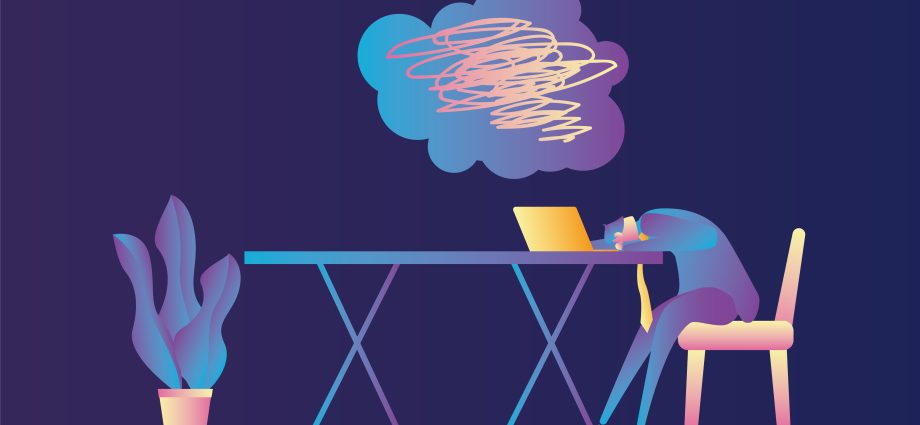Contents
Sudden mood swings, apathy, unwillingness to do anything, an increased sense of anxiety … “Yes, you just have a spring exacerbation,” we casually throw to someone, without thinking about the true reasons for the anxiety that has flooded in the spring. Why does it happen? And is it curable? The psychiatrist speaks.
For the first time, they started talking about spring exacerbation after doctors identified diseases of an endogenous nature — schizophrenia and manic-depressive psychosis (today it is commonly called bipolar disorder).
Although the appearance of these mental ailments is associated not with external, but with internal factors — the general condition of the body, age, gender or heredity, they have a pronounced seasonality. This is especially true of manic-depressive psychosis: such phases of the disease as mania and depression are often especially pronounced in spring and autumn.
Is spring here?
The exhausted state of our body in the spring is rather the result of what it has experienced during the long winter. In the cold season, we receive an insufficient amount of sunlight, we consume few vitamins. With the onset of spring, our hormonal background changes, all processes in the body accelerate, and he experiences stress, as now he needs to adapt to new conditions.
That’s why in the spring we can worry and worry more
But if you do not have serious mental disorders, then these conditions do not require any medical intervention. It is enough to adhere to the most simple and routine actions: to be in the fresh air more often, to provide yourself with moderate physical activity and a varied diet, to eliminate stress and overload at work.
What to do?
In the scientific community, the spring exacerbation is called seasonal affective disorder. This category was introduced into the classification of mental illness relatively recently. This term denotes disorders of the emotional sphere, in the occurrence of which the change of seasons and the change in the length of daylight hours play an important role. People begin to «slide» into depression, they are captured by anxious moods.
One of the effective ways to combat seasonal affective disorders is phototherapy (“light therapy”): it uses artificial light sources with a certain wavelength. Reception of such «sunbathing» occurs during the time prescribed by the doctor, and sometimes at strictly defined hours.
Patients receive an additional dose of ultraviolet radiation and, as a result, a charge of vivacity, strength and good mood
By the way, this format of preventive measures is widespread in the Scandinavian countries — for example, in Norway, where for many citizens phototherapy is included in the compulsory health insurance program. In the spring, when daylight hours increase and the sun becomes more and more, it is recommended to go outside at every opportunity: the more we walk in the fresh air, the better.
As for taking medications that affect mood, they are prescribed taking into account the individual characteristics of the patient, and only a doctor can do this. If you know that in spring or autumn you are especially prone to mood swings, you should carefully listen to yourself, to your feelings and not lead to a state where it becomes completely bad.
If with the advent of spring you feel different, not the same as always, then it is better to immediately contact a specialist. With a good diagnosis, conducted through a clinical conversation and supplemented by a physical examination, the doctor will determine how serious your blues are and whether you need help to cope with it.










